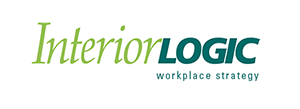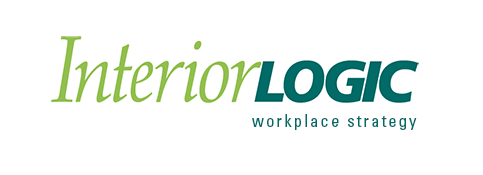How Conference Room Design Affects Business Impression and Meeting Engagement
Every business or organization has face-to-face meetings, and where you hold them can influence the success or failure. Here are some pointers on arranging a meeting space that maximizes client and employee attention and comfort.
Design decisions subliminally influence people’s experience at work—even their job satisfaction. The relative success or failure of meetings, whether with clients, colleagues or outside speakers, depends in part on how the space makes people feel.
Let’s say your organization’s leadership has said that dedicated meeting space is crucial to your mission. You’ve been tasked with building or modifying the space. Here are a few points you might consider.
Design a room that’s squarish, not an elongated rectangle. A squarish room can be arranged so the speaker is close to more of the participants and can make good eye contact. A long, narrow room, by contrast, produces feelings of distance and alienation from the speaker. Although it’s possible to have successful meetings in such a room, some participants will inevitably feel isolated. The longer the meeting, the more intense those feelings will be.
Avoid pillars that break up the space. If the space you’re planning is interrupted by visual blockers, you’ll spend your entire tenancy planning around them. The room’s versatility will be severely hampered, forcing presenters to remain absolutely immobile or else risk becoming invisible to some participants.
Ensure that doors open and close silently. This is an absolute imperative. Make sure that the doors are utterly silent. Avoid a mechanism that causes the door to shut itself noisily: Hardware has evolved to combat this problem, so take advantage of those advancements in design. Nor should you hear a click every time the latch engages. You must tell the space planners that doors are to be completely silent, while remaining lockable and secure.
Install flooring that allows people to come and go silently. This means utilize carpet. Don’t put hard flooring into a large conference room.
Plan to use a nearby room for serving food, preferably not the meeting room itself. Many meeting spaces include a break room/kitchenette. But it can be a very real distraction as people eye the food or get up to rinse out a cup. The flow of a meeting can be improved if you can plan a system where you serve snacks or meals in a separate room.
Install a functional and versatile sound system. Make your sound system easy—and, most of all, versatile enough to include conference callers and presenters alike.
If you’re installing a projector, do it sensibly. Most conference room designs are including LED screens these days. They’re an excellent and clean addition to any office space. For spaces requiring a larger screen landscape, a projector can be a more functional solution. When selecting a projector, purchase the highest lumens you can buy and make sure the speaker “hot spot” isn’t in the projection line or any presenter will be constantly fighting the light.
Give ample thought to lighting. Natural light is best, of course—preferably entering each room from two directions. But that’s not always possible for every room. LED lights won’t give off heat, and they come in warm and cool tones. Avoid inadvertent dark spots. Remember that the brightest lights won’t wash out a projector with sufficient lumens.
Make sure the HVAC is well-equipped to handle the space, and if possible the room should have its own thermostat. It doesn’t make everyone happy, but a meeting room should remain on the cool side. Ideally an experienced speaker or organizers should be able to make instant adjustments to room temperature.
There are a lot of factors to consider when designing a presentation or conference room space, but starting with these layout tips could reduce future frustration and create a pleasant, work environment. Workspace planning from Interior Logic can help you apply these concepts and design a space for your team to flourish. Consider us for your next design/build project in Madison.




